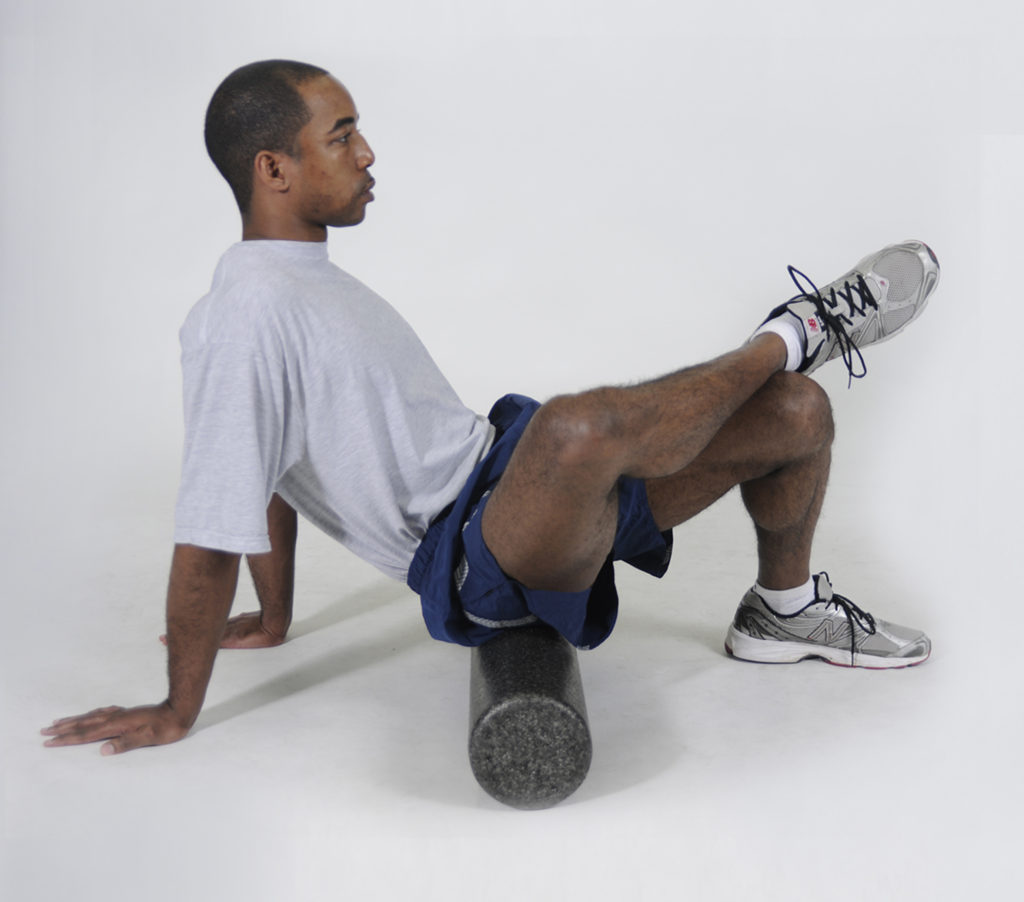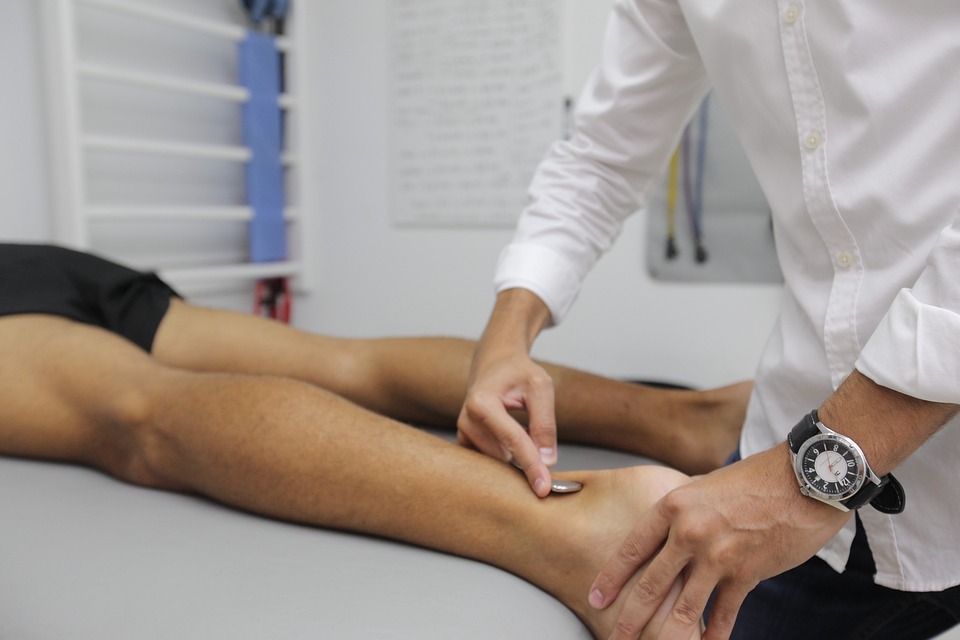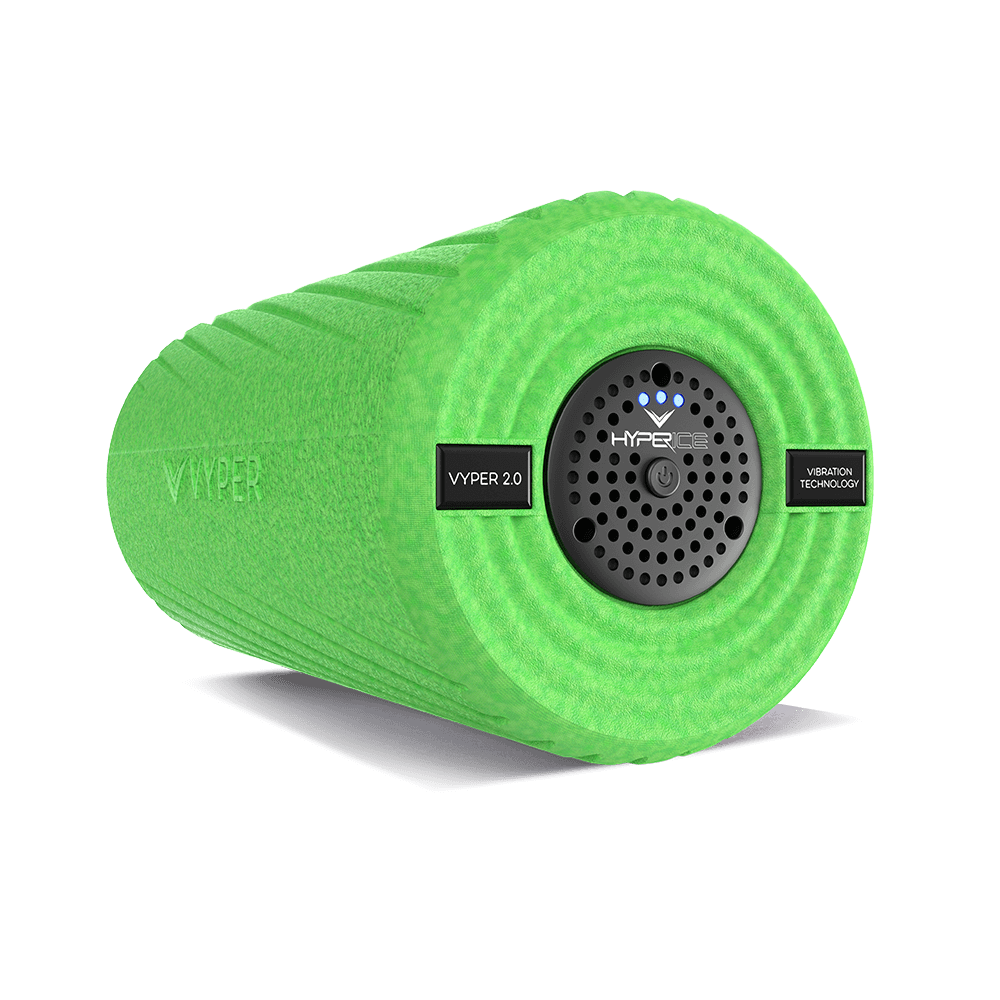
What is myofascial release? If you’re a runner or athlete that uses a foam roller or if you are in the process of researching the best foam roller or vibrating foam roller, you’ve probably come across the term myofascial release. Almost all foam rollers and vibrating foam rollers us the term when describing the benefits of using their product. Many people may glance over the term as medical jargon that sounds great as a marketing tool, however we are here to explain exactly what myofascial release is and how it can benefit nearly everyone.
The Fascia
Before we dive into myofascial release, it’s important to have a further understanding of the body and what impact foam rolling is actually having on it. In the simplest form, the body’s muscular system functions as a result of connective tissue that provides a network of support and structure for the body. This connective tissue is known as the fascia. The fascia in our bodies determines how we move, our perception of pain, our posture and the overall functionality of our muscular system. When our fascia is compressed through the application of pressure from foam rolling, the golgi tendon organs are stimulated which provides an inhibitory effect on the muscle spindles, allowing for better tissue flexibility. This is commonly referred to as myofascial release.
The Release
Myofascial release is a safe and effective technique that involves applying gentle sustained pressure into the myofascial connective tissue restrictions to eliminate pain and restore motion. Not to be confused with shiatsu massage, this myofascial release process is typically done in sports massage or by a myofascial reelease massage therapist. When utilizing teh technique, the time element is important for the fascia to properly “release”. Time is important because the release itself has to do with the viscous flow in the body and cannot be done too quickly. By that we mean, in order for myofascial release to effectively take place there needs to be a gentle pressure applied slowly over the fascia to allow elongation.
Trauma, inflammatory responses, sports injuries, and/or surgical procedures can create myofascial restrictions. These restrictions can produce tensile pressures in up to 2,000 pounds per square inch on pain sensitive structures/areas of the body. Unfortunately, most of these pressures will not show up in many of the standard tests such as, x-rays, CAT scans, or myelograms.
Trigger Points
The restrictions mentioned above are typically the cause of individualized pain. The pain usually originates from specific points within your myofascial tissues called “trigger points.” These trigger points can create pain that resonates throughout various parts of your body.
Myofascial release focuses on reducing pain by easing the tension and tightness in the trigger points. However, as the pain is tough to detect in standard tests, it’s not always easy to determine what trigger point is responsible for the pain. Localizing pain to a specific trigger point is very difficult to do, especially in hard to reach places. For that reason, myofascial release is often used over a broad area of muscle and tissue rather than focusing on single points.
Why a Foam Roller?
Foam rollers and vibrating foam rollers, such as the Vyper and the NextRoller, are ideal for targeting broad areas of the body. The great thing about a foam roller is that it takes a therapy process that would typically need to be done by a massage therapist and brings it into your home. Due to this, you will often hear foam rollers referred to as self-myofascial release tools. Meaning, it can be done with your own hands.
Through foam rolling and the myofascial release process, users can experience many benefits. Myofascial release ultimately prevents muscle aches, improves recovery of the muscles, increases physical mobility, flexibility and thereby our performance.


